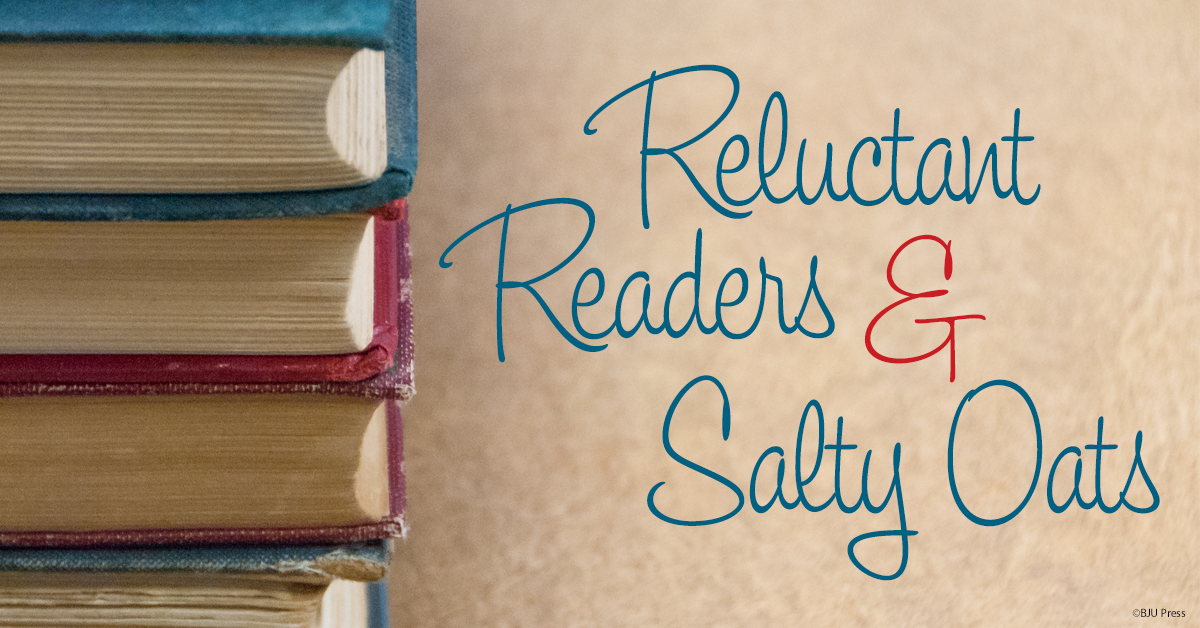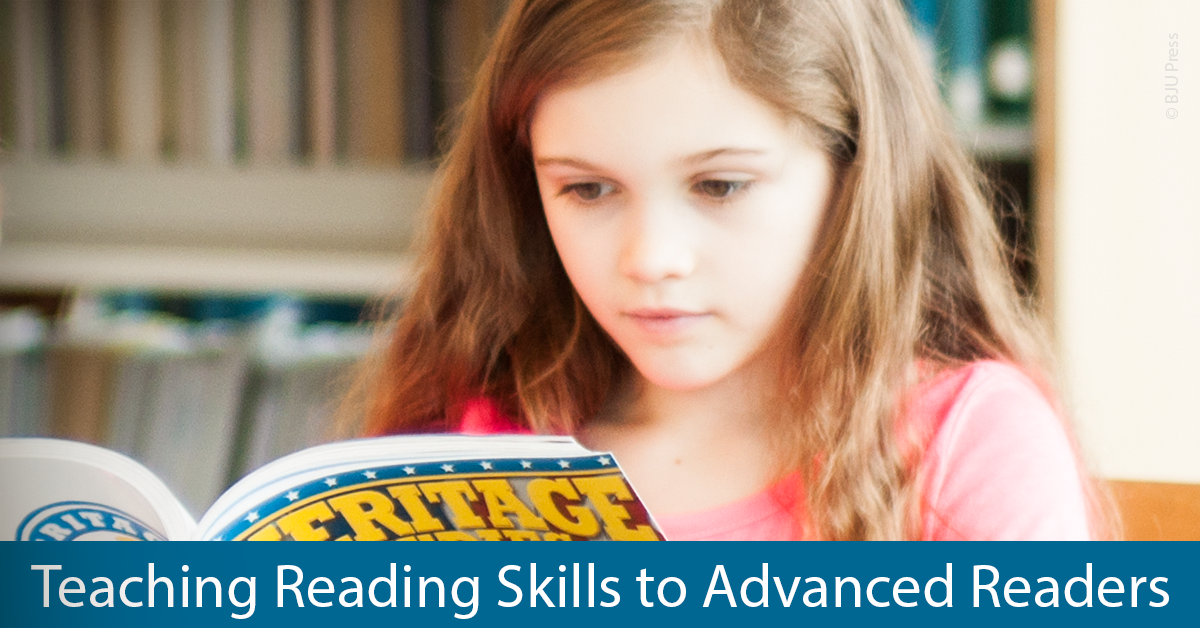
Tomorrow I get to teach a poetry lesson from Reading 2. My second-grade daughter and I are going to read Lillian Moore’s beautiful poem “Until I Saw the Sea.” I’m pretty excited because I get to introduce my daughter to an important literary device: imagery. [Read more…] about The Benefits of Studying Poetry



